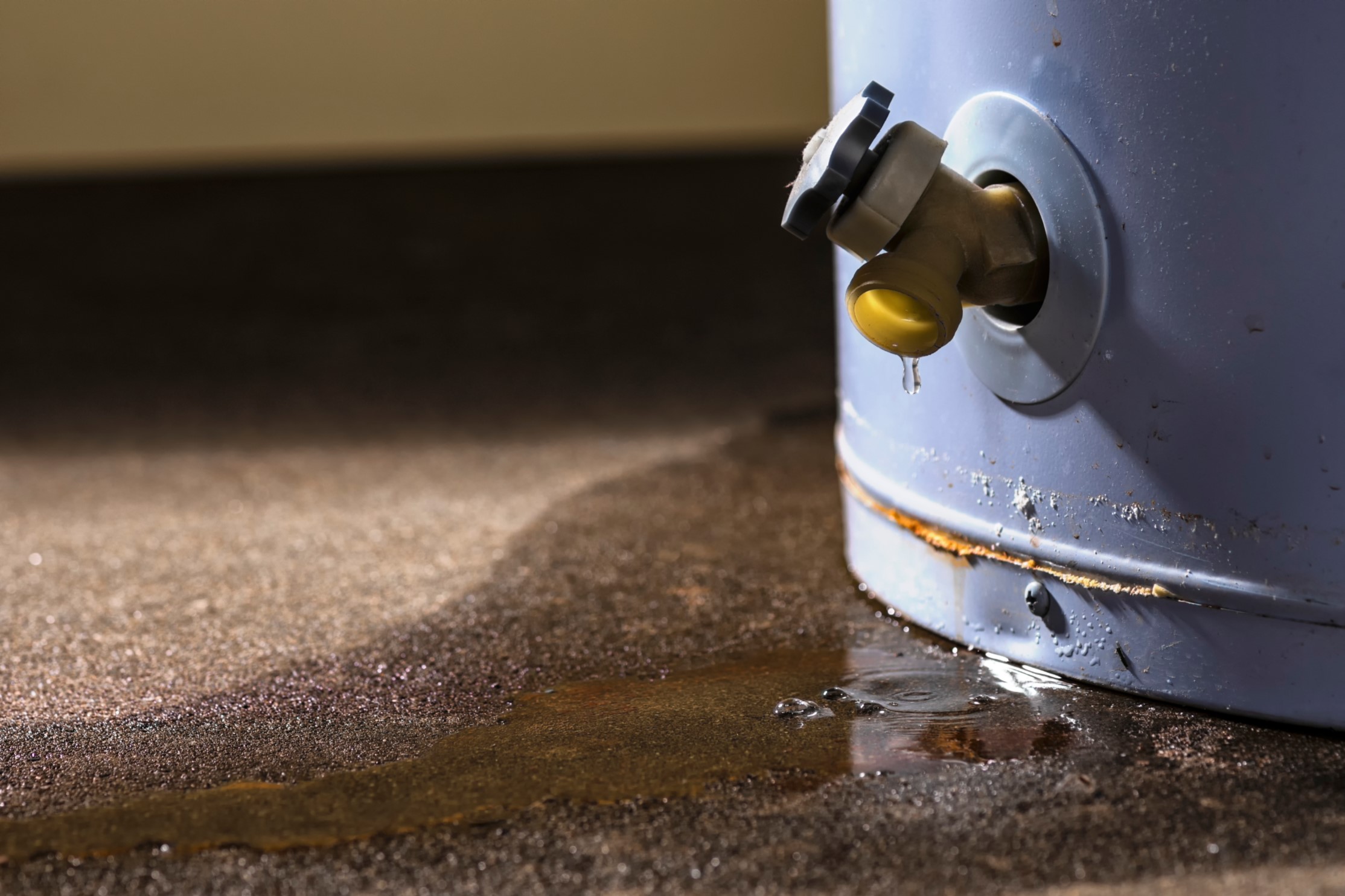Straightforward Methods to Maintain Your Home's Hot Water System Properly
Straightforward Methods to Maintain Your Home's Hot Water System Properly
Blog Article
Are you currently trying to find critical information about Water Heater Maintenance Tips You Can't Afford to Forget?

Warm water is necessary for everyday comfort, whether it's for a refreshing shower or cleaning recipes. To guarantee your warm water system runs effectively and lasts longer, regular upkeep is vital. This short article gives sensible pointers and insights on just how to preserve your home's hot water system to stay clear of disturbances and costly fixings.
Introduction
Keeping your home's warm water system may seem daunting, yet with a couple of simple actions, you can guarantee it runs efficiently for many years to come. This overview covers every little thing from comprehending your hot water system to DIY maintenance pointers and understanding when to employ specialist help.
Significance of Preserving Your Warm Water System
Regular maintenance not just prolongs the lifespan of your warm water system yet likewise ensures it runs effectively. Overlooking upkeep can cause reduced efficiency, greater power expenses, and even early failure of the system.
Signs Your Warm Water System Demands Maintenance
Knowing when your warm water system needs attention can protect against significant issues. Keep an eye out for indications such as inconsistent water temperature level, strange noises from the heating system, or rusty water.
Purging the Hot Water Heater
Flushing your hot water heater removes debris buildup, enhancing performance and extending its life.
Monitoring and Replacing Anode Rods
Anode poles avoid deterioration inside the tank. Checking and changing them when worn out is vital.
Complex Problems Calling For Professional Assistance
Instances include significant leakages, electric problems, or if your hot water heater is consistently underperforming.
Routine Specialist Maintenance Benefits
Professional upkeep can include detailed inspections, tune-ups, and making sure compliance with security standards.
Checking and Readjusting Temperature Setups
Adjusting the temperature level settings makes sure optimum performance and safety and security.
DIY Tips for Maintenance
You can execute several maintenance jobs yourself to maintain your hot water system in leading condition.
Checking for Leakages
Routinely evaluate pipes and links for leaks, as these can bring about water damage and greater expenses.
Recognizing Your Hot Water System
Prior to diving into upkeep tasks, it's handy to understand the standard elements of your warm water system. Typically, this includes the hot water heater itself, pipes, anode poles, and temperature level controls.
Regular Monthly Upkeep Tasks
Regular month-to-month checks can help capture small problems prior to they escalate.
Testing Stress Alleviation Valves
Evaluating the pressure safety valve ensures it works appropriately and avoids too much pressure accumulation.
Shielding Pipes
Protecting warm water pipes decreases warmth loss and can save energy.
When to Call a Specialist
While do it yourself maintenance is helpful, some issues require expert expertise.
Final thought
Routine upkeep of your home's hot water system is vital for performance, long life, and cost savings. By complying with these ideas and recognizing when to seek expert assistance, you can make certain a reliable supply of hot water without unforeseen disturbances.
How to Maintain an Instant Hot Water Heater
Before tinkering with your hot water heater, make sure that it’s not powered on. You also have to turn off the main circuit breaker and shut off the main gas line to prevent accidents. Also turn off the water valves connected to your unit to prevent water from flowing into and out of the appliance. 2. When you’re done, you have to detach the purge valves’ caps. These look like the letter “T†and are situated on either side of the water valves. Doing so will release any pressure that has accumulated inside the valves while at the same time avoid hot water from shooting out and burning your skin. 3. When the purge valves’ caps are removed, you have to connect your hosing lines to the valves. Your unit should have come with three hoses but if it didn’t, you can purchase these things from any hardware or home repair shops. You can also get them from retail stores that sell water heating systems. Read the user’s manual and follow it to complete this task properly. When the hosing lines are connected, open the purge port’s valves. 4. You should never use harsh chemical cleaners or solutions when cleaning your unit. Make use of white vinegar instead. It should be undiluted and you’ll probably use about 2 gallons. 5. Now flush your water heater. This task should probably take about 40 minutes. We can’t give you specific directions for this because the procedure is carried out depending on the type, model and brand of your heater. With that being said, refer to the user’s manual. 6. When you’re done draining the unit, you have to turn off the purge port valves again. Remove the hosing lines that you earlier installed on each of the water valves. Put the valve caps (purge port) back in their respective places and be very careful so as not to damage the rubber discs that are found inside these caps. 7. Now that everything’s back in place, check your user’s manual again to find out how to reactivate your water heating system. 8. Once it is working, turn one of your hot water faucets on just to let air pass through the heater’s water supply pipes. Leave the tap on until water flows smoothly out of it. https://www.orrplumbing.com/blog/2014/september/how-to-maintain-an-instant-hot-water-heater/

Hopefully you enjoyed our post about How to Maintain a Hot Water Heater in a Few Simple Steps. Many thanks for finding the time to browse our piece. Don't hesitate to take the opportunity to promote this blog if you appreciated it. I cherish reading our article about Tips on Maintaining a Water Heater.
Request Free Estimate Report this page